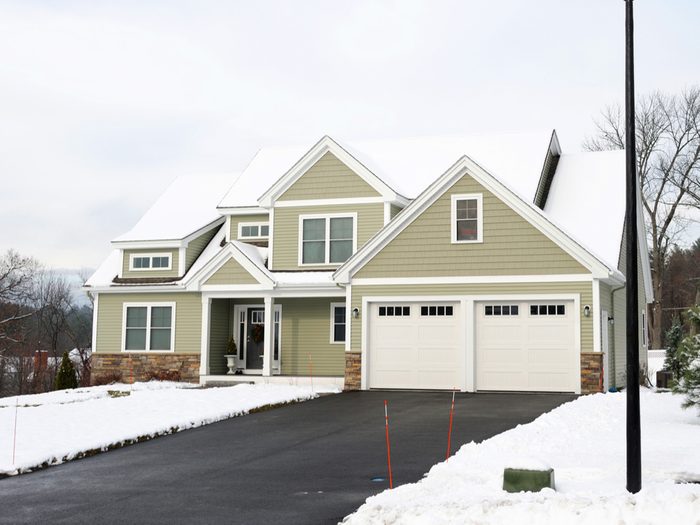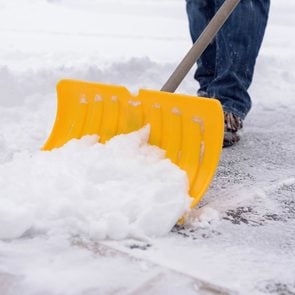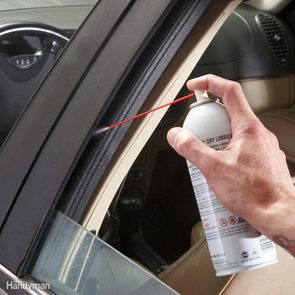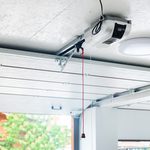Is a Heated Driveway Worth the Expense?

Our home experts weigh the pros and cons of radiant heating slabs.
Your sore back is screaming for a break from shovelling your driveway for the 10th time in two weeks. Or, perhaps you’re tired of bundling up in all those layers and snowplowing the driveway, only to do it all over again tomorrow. If you’d invested in a heated driveway, you could be cozy and warm right now… But what’s involved in getting one installed, and how much is it going to set you back? Let’s take a look at the pros and cons.
Types of Heated Driveways
There are two systems available for heating driveways: A water-based hydronic system or an electric system. Electric systems are more affordable to install since you don’t need to purchase a boiler to heat the water. However, the cost of operating an electric system is higher.
Installing a hydronic system involves putting in PEX tubing under the driveway’s surface. The tubing is filled a non-freezing water solution that circulates through the boiler which is generally placed in the garage.
Electric systems use heating mats and cables, in a grid pattern, installed under the driveway’s surface.
Neither system requires much maintenance, although if you go with a hydronic system, have the boiler inspected once a year.
How Much Does a Heated Driveway Cost?
While heated driveways will help you save on snow removal and damage often caused by salt and ice melting products, they are pricey to install.
Expect to pay $16,000 or more to install a heating system for an average-size driveway if the existing driveway needs to be removed to install the system. If the system is installed during new construction, it will cost less.
You’ll also want to factor in that you’ll pay more in utilities because the systems use gas or electricity to operate.
However, if installed correctly, you’ll get about 20 years of use from a heated driveway before it needs replacement. That’s a lot of shovelling and snowblowing you won’t have to do!
Next, make sure you avoid these common snow removal mistakes.






